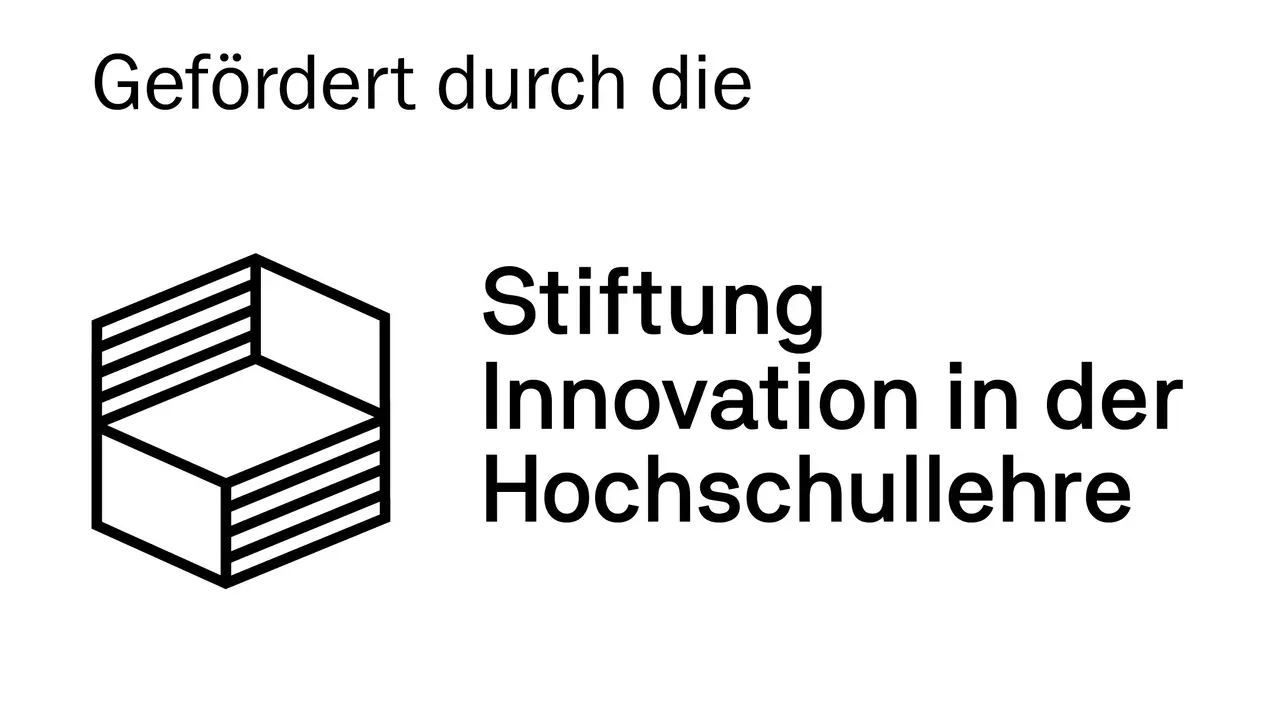With its Educational Innovation System (EIS@HSRM) project, Hochschule RheinMain (HSRM) was among six Hessian universities selected in the nationwide “Teaching Architecture” tender funded by the Stiftung Innovation in der Hochschullehre (Foundation for Innovation in University Teaching). HSRM secured 5.3 million in funding for its concept to advance teaching and learning. The universities of Frankfurt, Giessen, Kassel and Marburg, along with the Technische Hochschule Mittelhessen, will also receive funding.
EIS@HSRM strengthens university innovations
“EIS@HSRM aims to unlock the university’s innovation potential by systematically generating, evaluating and embedding new ideas. The project applies the principles of business innovation labs to teaching, integrating them across the university through lean, collaborative processes,” says Prof. Dr. Christian Schachtner, Vice-President for Academic Affairs and Sustainability at HSRM. EIS@HSRM will launch in October 2025 and run for six years. The project is agile and participatory, enabling it to respond flexibly to changing needs. Key innovation decisions will involve all stakeholders – especially students – to maximize university-wide impact.
The Educational Innovation System at HSRM
Innovative teaching-learning projects will unfold across three lines: AI-driven reflection and exchange (Xchange), the creation of makerspaces (Xplore) and problem-based learning (Xperience). The innovation system consists of two core structures:
- the Educational Innovation Board (EIB) and
- the Educational Innovation Office (EIO).
The EIB acts as the decision-making body for teaching innovations, evaluating submitted ideas against technical and strategic criteria. It prioritizes proposals based on their university-wide significance and decides on further allocation of funding. The board is made up of lecturers, students and external experts.
The EIO serves as the coordination hub for innovation projects, connecting stakeholders and driving activities that advance teaching innovation. It aims to shape modern lecturer profiles efficiently and with minimal bureaucracy, using cross-media formats to engage diverse audiences. The office also supports project planning, implementation, evaluation, and access to funding.
“With EIS@HSRM, we are creating a platform that not only strengthens the innovative power of our university, but also promotes exchange and cooperation between teaching staff and students. This project is an important step towards a future-oriented teaching culture that focuses on creative ideas and participatory processes,” explains University President Prof. Dr. Eva Waller.
EIS@HSRM goals
The measures aim to boost teaching and learning innovations through systematic support, strengthen networking among teaching staff to encourage cross-faculty collaboration, and enhance students’ self-efficacy by promoting greater responsibility for their learning. They also focus on fostering a constructive safe-to-fail culture and building connections with external partners, including companies and institutions.

